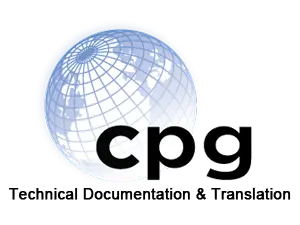
Table of Contents
Why It Matters
People don’t read what they don’t understand. Period.
Whether you’re in tech, healthcare, engineering—or anything else—clear content wins.
Confused customers don’t convert. They bounce. They give up.
That’s why simplifying complex information is a superpower.
Start With What People Know
Always begin with familiar ground.
If you’re explaining a new product, link it to something your reader already gets. If it’s software, say what problem it solves first. Not what it does.
Example:
❌ “Our system uses an AI-powered, decentralized database…”
✅ “Think of it like a super-smart spreadsheet that updates itself and never crashes.”
Start where they are, then guide them forward.
Ditch the Jargon
No one likes content that feels like a textbook.
Ditch the acronyms. Spell things out. Use words people use every day.
If you have to use a technical term, explain it like you’re talking to a smart 12-year-old. (Seriously. That’s the sweet spot.)
💡 Bonus tip: Our technical writing service is designed to help with this exact thing.
Break It Down Step by Step
Big ideas overwhelm people.
Split the info into chunks. Use white space. Use bullet points. Use subheadings.
Here’s a quick checklist
- What is the concept?
- Why does it matter?
- How does it work?
- How do you use it?
- What’s next?
- Each answer can become its own section. That way, people can scan and still get the info.
Visuals Are Your Friend
Sometimes, a picture really is worth 1,000 words.
Use:
- Charts
- Diagrams
- Icons
- Screenshots
Visuals make abstract ideas stick. And they’re faster to understand than big blocks of text.
Don’t sleep on white space, either. It gives the brain room to breathe.
Use Stories or Examples
Stories sell. Stories teach. Stories stick.
People remember real-life stuff more than features or specs.
Share how a customer used your product. Talk about what happened next. Show them the “before and after.”
Even a tiny story can make a big difference.
Get Feedback and Improve
Once the content is live, don’t just hope it works. Test it.
Ask:
- Are readers confused?
- Do they send you the same questions?
- Do they bounce from the page?
If yes, update it. Reword tricky spots. Add examples.
Even better? Show the content to someone outside your industry. If they get it, you nailed it.
When to Call In the Pros
Look—sometimes, you need backup.
If you’re dealing with technical documents, complicated manuals, or global audiences, pros can save your sanity.
Want it explained clearly? Use technical writing.
Need it in other languages? We do language translation, too.
Your message deserves to be heard—by everyone.
Final Thoughts
Complex doesn’t have to mean confusing. Keep it real. Keep it simple. Keep it human.
And if you need help? You know where to find us.
Back To News
 800-541-8270
800-541-8270